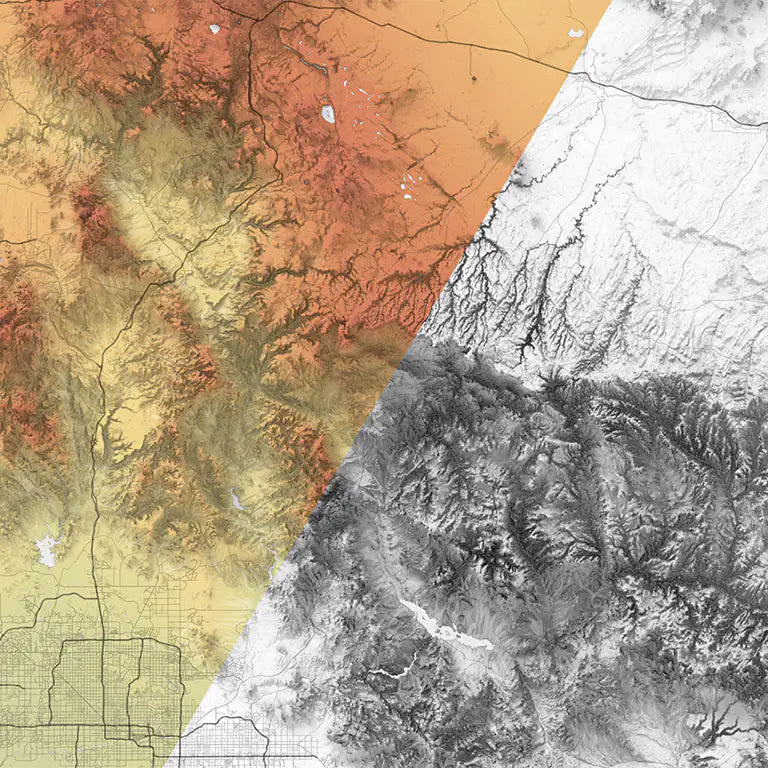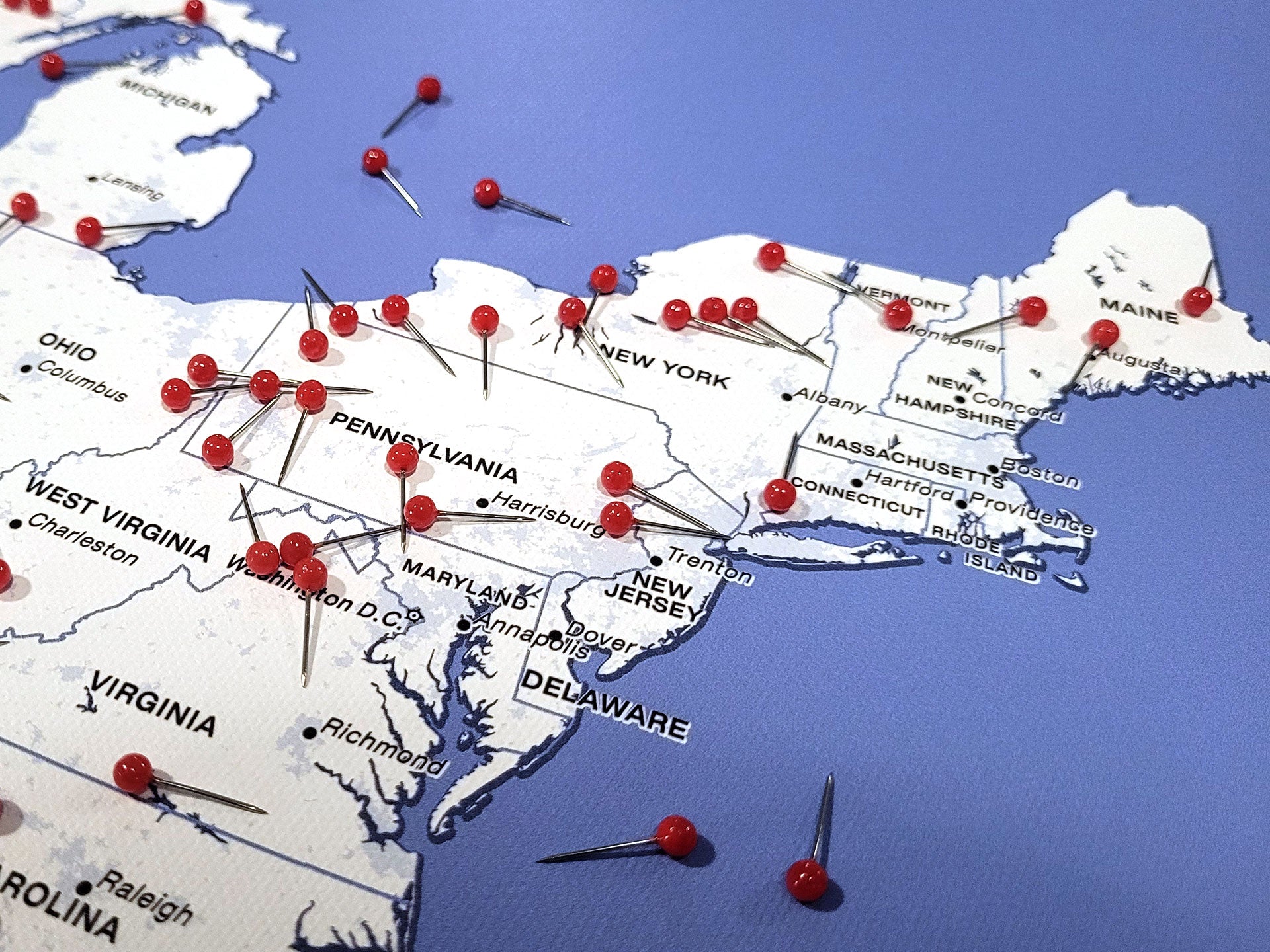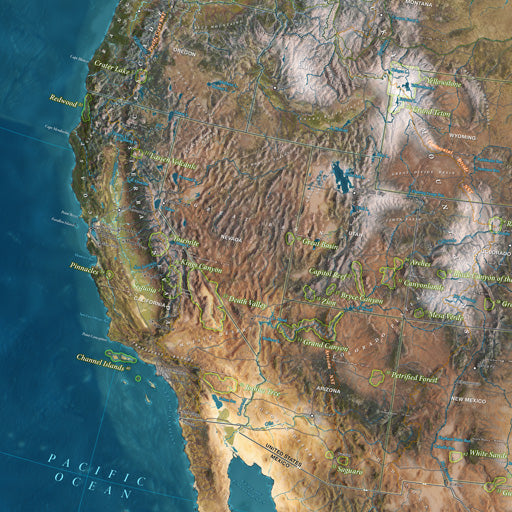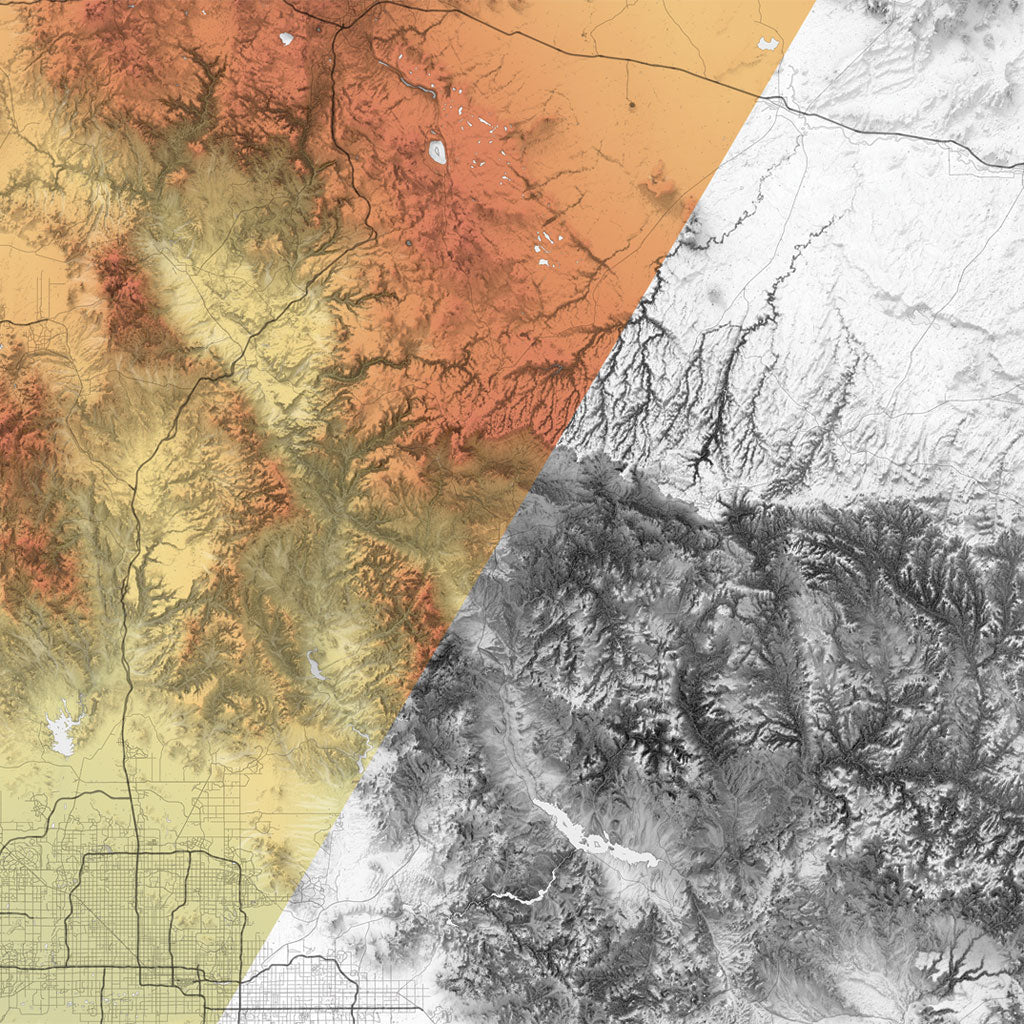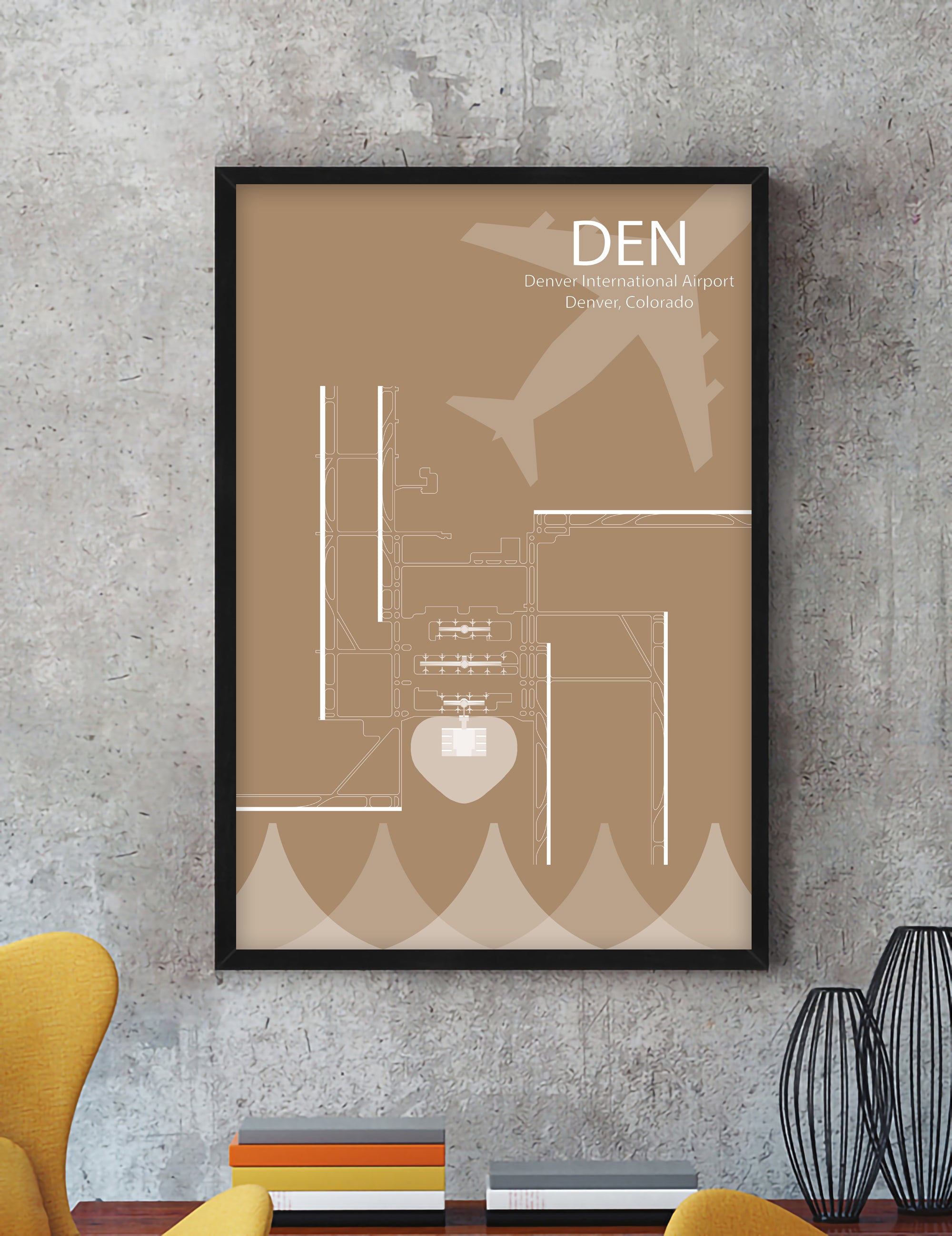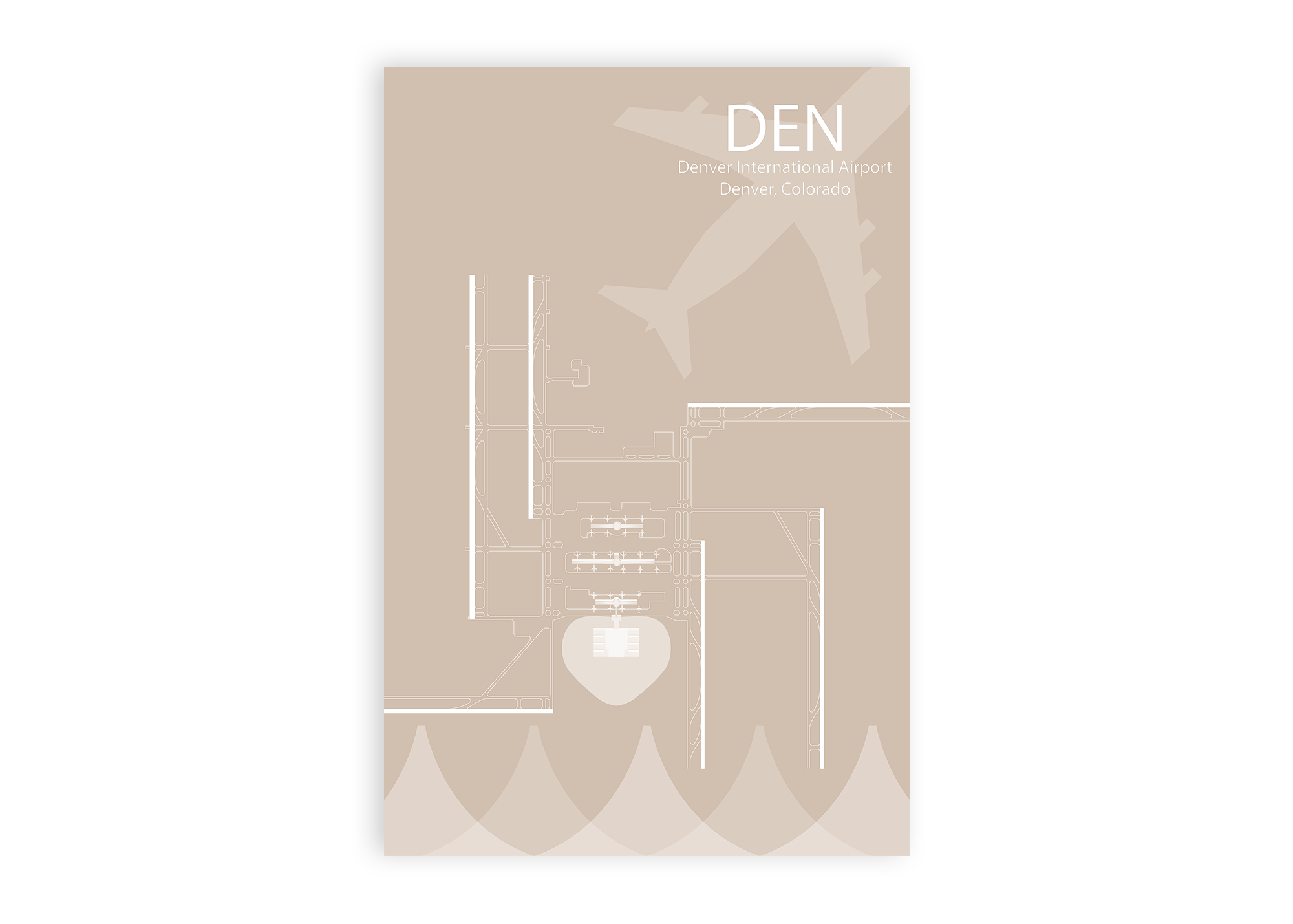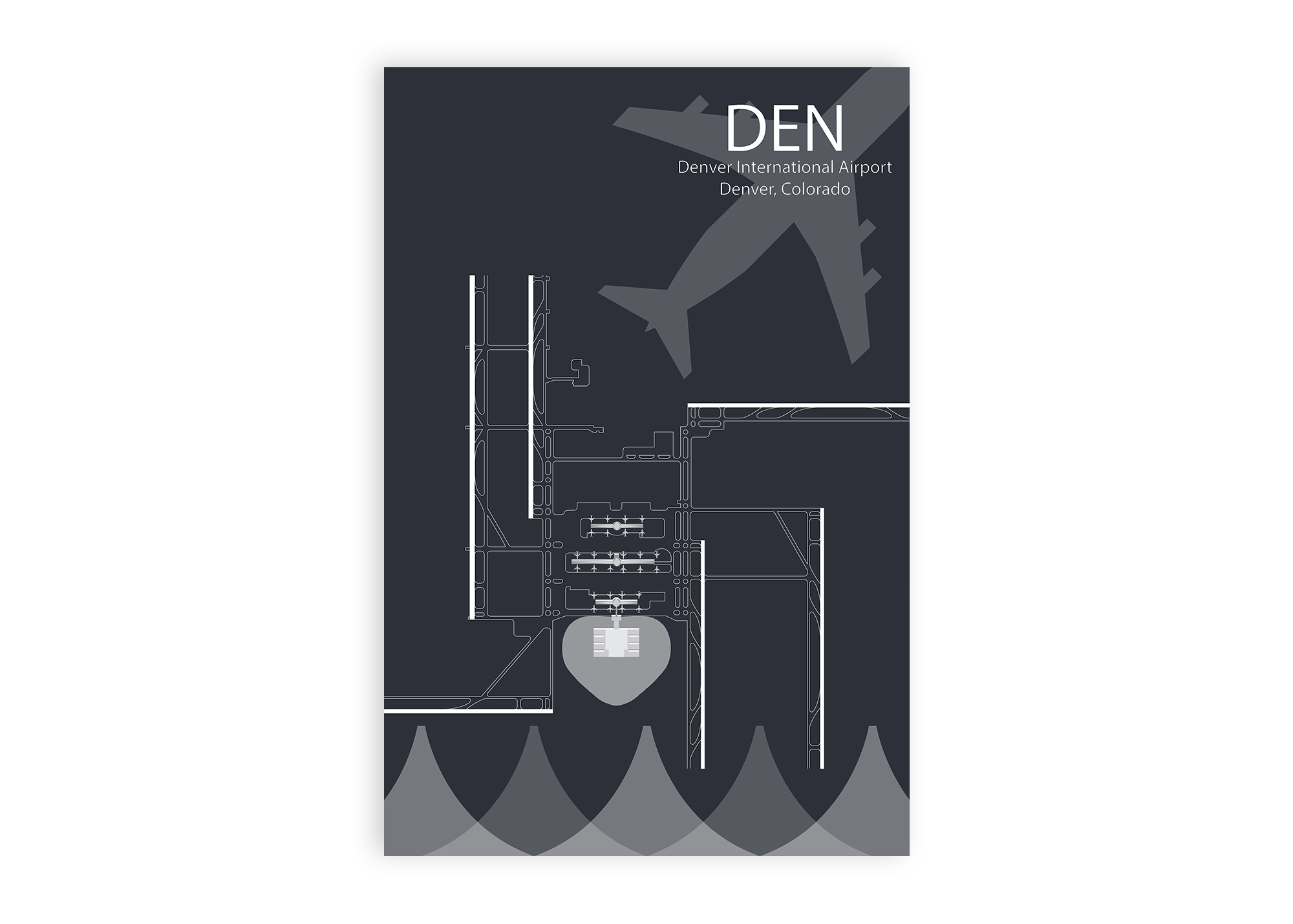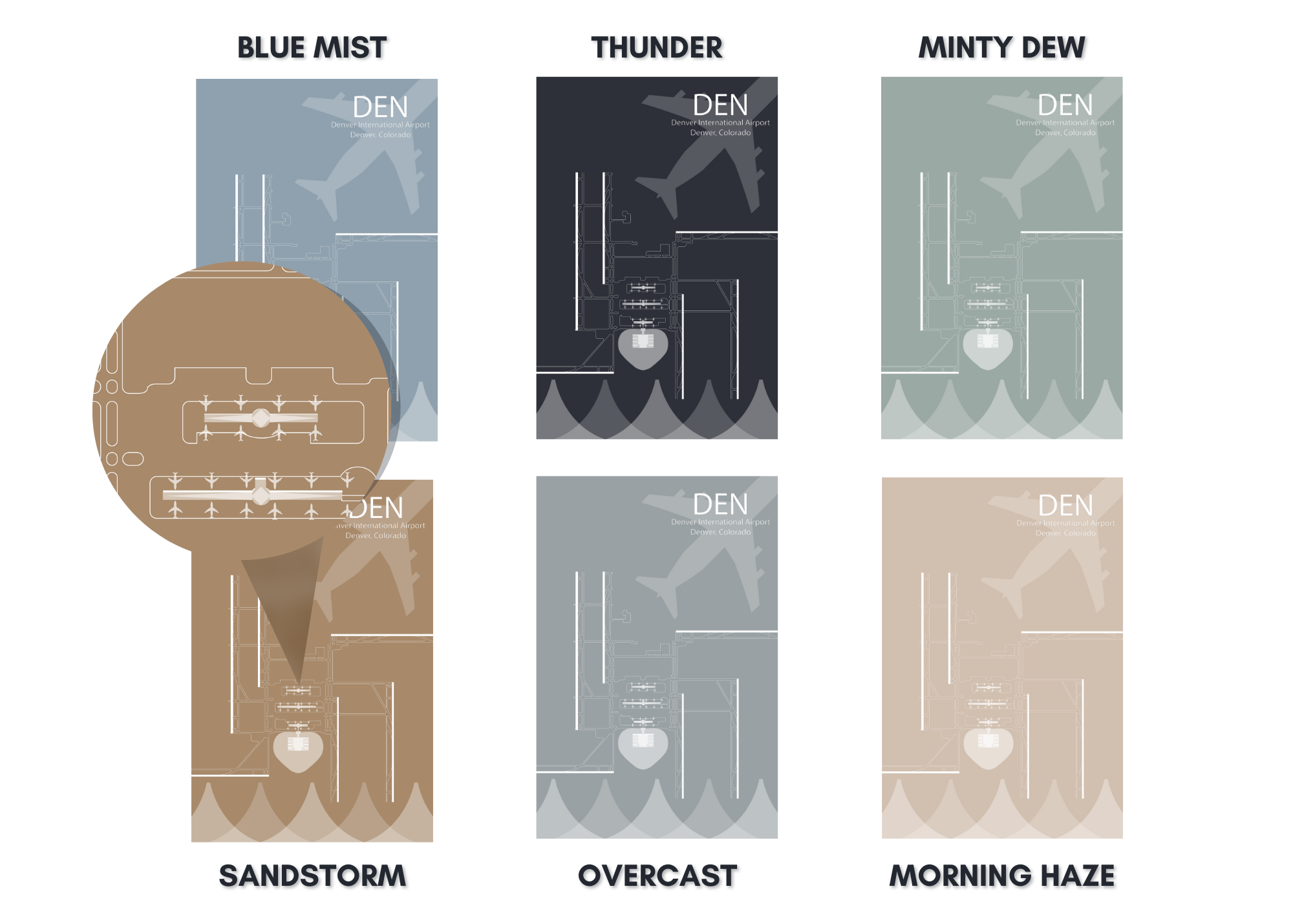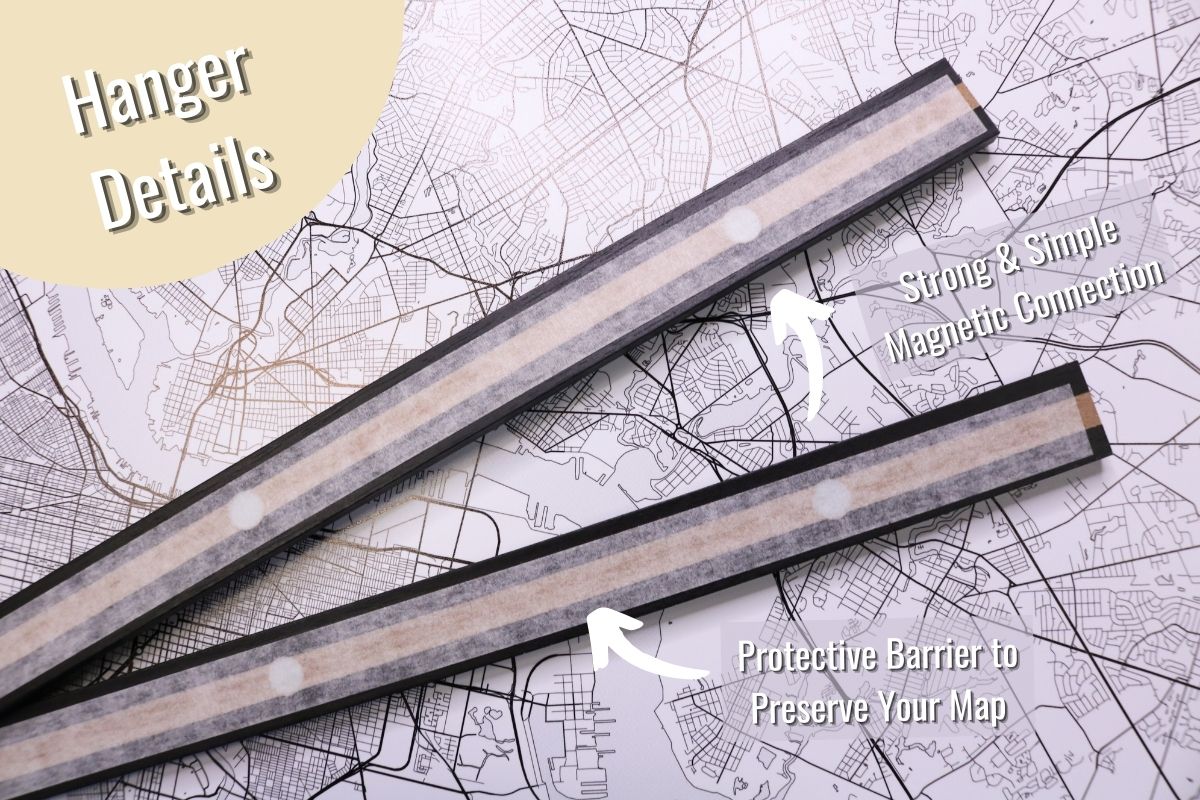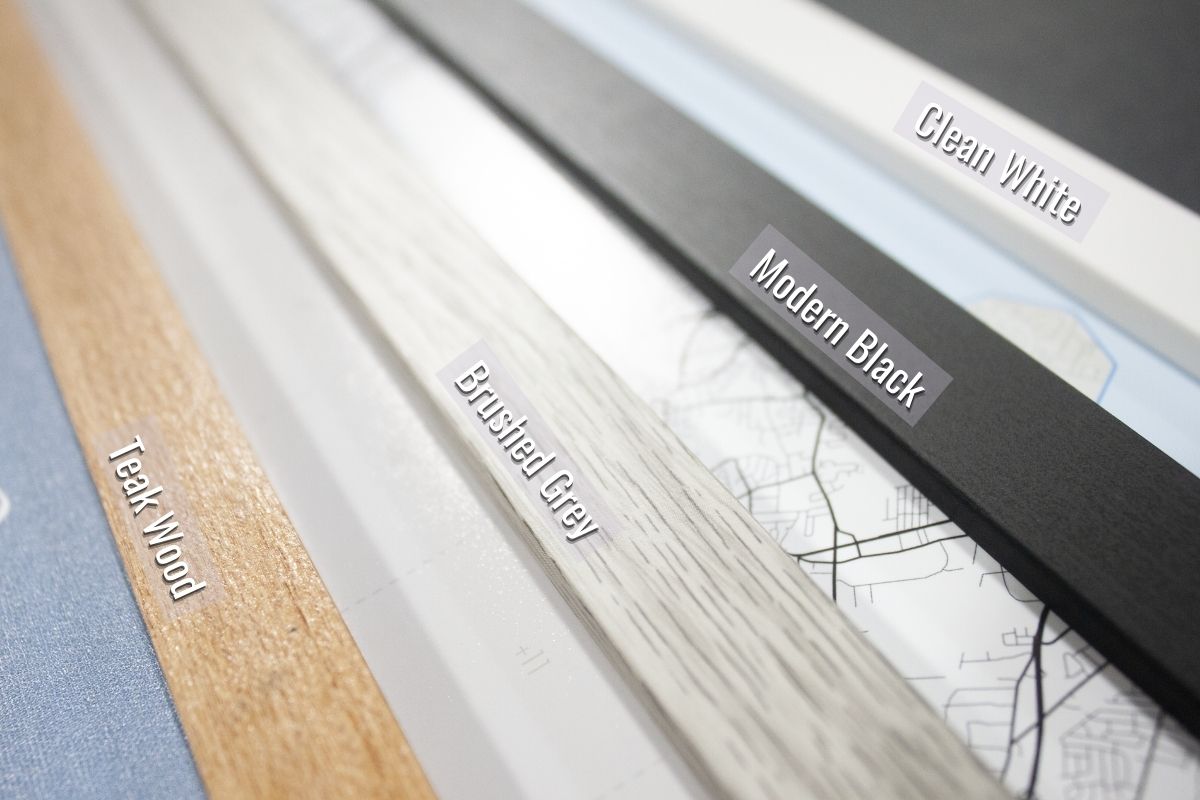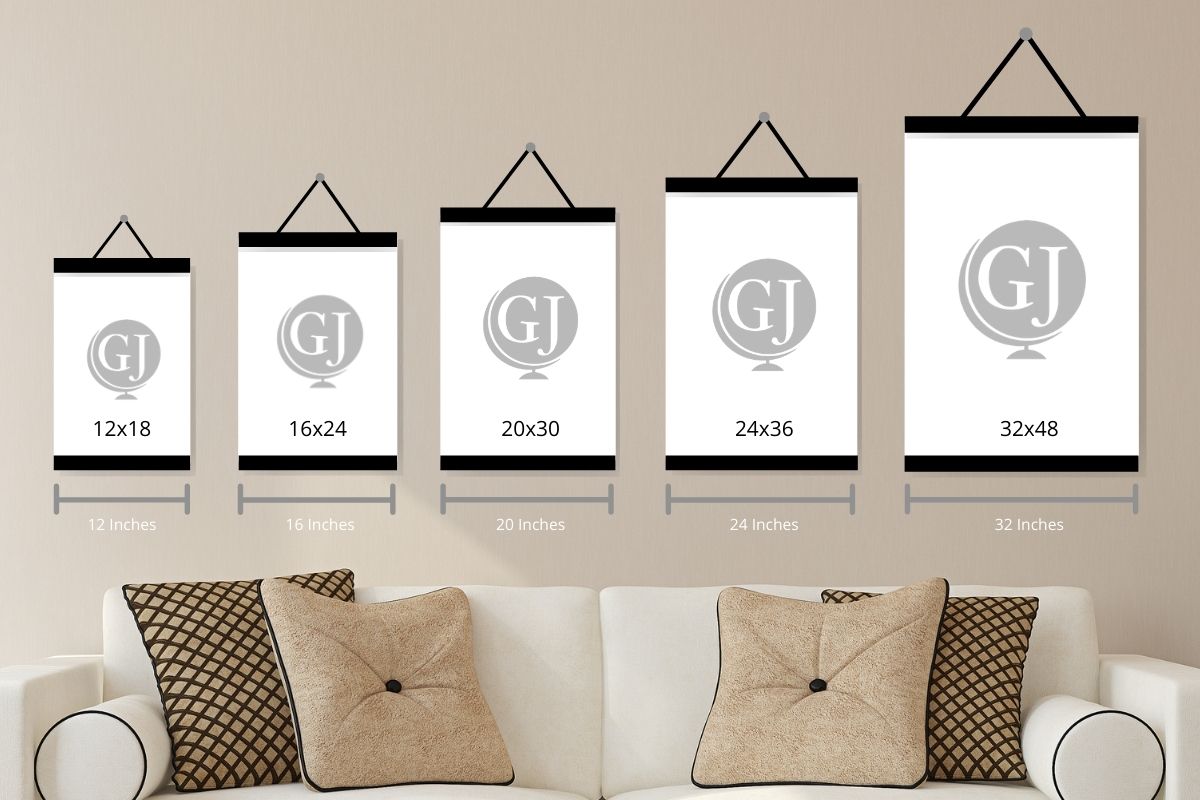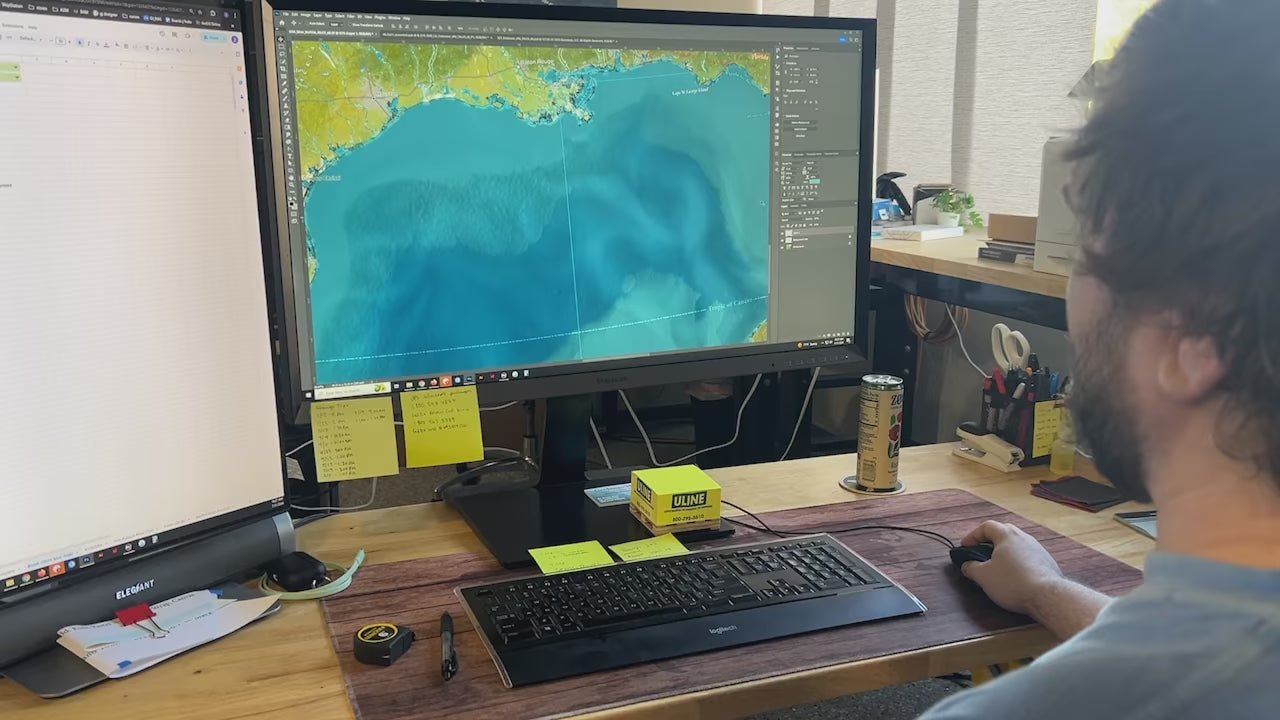Located in Colorado, the Denver International Airport is the largest and one of the newest major airports in North America, and is larger than both San Francisco and Manhattan! It is associated with a long list of interesting theories related to its art, construction, and hidden tunnels that make this airport truly unique.
When flying in and out of DEN, passengers can get a bird’s eye view of the Rocky Mountains and the sudden change to the flat prairie landscape. Denver’s airport is famous for its beautiful architecture of 21 tents that appear to be a village of white tipi structures, but it is actually the roof structure of the airport.
Our DEN Airport Runway Diagram Wall Art features accurate GIS mapping technology, unique artist effects, terminals, and impressive details that are fun to explore. This airport map will delight you and your walls with happy memories of your travels and adventures.
About The Map: At GeoJango, we are experts in GIS and developing accurate maps. We use satellite imagery and GIS modeling techniques to accurately model the layout and composition of each airport. We take great care in modeling the airport runways, infrastructure, terminals, and surrounding landscape. We capture accurate runway orientations, lengths, and landscape features to scale - however the maps are not intended for navigation purposes. For a unique touch, we combine professional GIS, cartography, 3D illustration, and artistry to highlight the features of each airport. The result: impressive illustrations of each airport that is fun to explore and beautiful to display!
Style Options: Our Airport Map Poster comes in 6 design options: Blue Mist, Thunder, Minty Dew, Sandstorm, Overcast, and Morning Haze.
Blue Mist - This style reflects a bright blue sky, and will bring the color of a sunny day into any room.
Thunder - Our deepest slate-colored style is a favorite for its bold contrast that pops in any space.
Minty Dew - Earth-toned and beautiful, the minty green color spreads a crisp sense of serenity wherever it goes.
Sandstorm - This warm style reflects a cozy yet sophisticated feel that will complement your space perfectly.
Overcast - Our muted grey style is calming and gentle. This style is great for those who love rainy days and neutral aesthetics.
Morning Haze - Bright and serene, this shade radiates a neutral glow perfect for those who love light colors.
Construction:
Our maps are printed on high-quality photo satin paper with archival inks and shipped in a tube. All of our maps are produced entirely in the USA and shipped directly by us to your shipping destination.
Poster Hanger option:
The magnetic poster hangers are easy to hang, modern and easy to transport. The hangers are made with sustainable wood and strong super-magnets. The top hanger includes a leather lace for hanging. Simply place the map between the hangers and they will snap and align perfectly together on the top and the bottom of the map.
The hangers are available in 12 inch, 16 inch, 20 inch, and 24 inch widths. Choose from either modern black, teak wood, brushed grey, and clean white.
Portrait Orientation: Select the shorter side for the hanger size.
12x18 inches = 12 inch hanger
16x24 inches = 16 inch hanger
20x30 inches = 20 inch hanger
24x36 inches = 24 inch hanger
*Hanger not available for 32x48 inch map, however you can purchase two 24 inch hangers*
Applications:
Decorate your home, office, dorm room, vacation home, or Airbnb with your favorite airports.
Delight your guests with a beautiful airport diagram of your local airport.
A Great Gift For:
Travelers, pilots, aeronautical engineers, airport service workers, and aviation lovers! This is the perfect wedding, graduation, birthday, or holiday gift for everyone!
Quality & Guarantee:
We stand behind our work and guarantee the highest level of construction and quality. Contact us if you have any problems with your map and we will coordinate to ensure you are happy with your order.





